
If the non-stick coating of the pan is broken, don't throw it away: Rub something on it and the old pan will become a new one, and you can fry without fear of it breaking.
How to Extend the Life of Your Old Non-Stick Pan
You can actually make your old non-stick pan last a bit longer by following a few clever kitchen tricks.
Most non-stick pans today are coated with Teflon, also known as polytetrafluoroethylene (PTFE) — a transparent, waxy substance discovered accidentally in 1938 for military use. By 1951, it was being used to coat cookware, giving pots and pans a smooth, easy-to-clean surface that revolutionized home cooking.
When applied properly, the Teflon coating on cookware is not dangerous. Even if it flakes off a little over time, the tiny bits you might ingest will pass through your digestive system without being absorbed. However, overheating a non-stick pan is another story — it can release harmful fumes at very high temperatures. Experts recommend replacing your non-stick cookware every 2–3 years for safety and performance reasons.
Simple Trick to Cook Perfectly — Even with a Damaged Non-Stick Pan
If your non-stick surface is already worn out, try this simple method to keep your food from sticking or breaking apart:
Step 1: Place your old pan on the stove and heat it up until it’s dry. Test by sprinkling a spoonful of water — when the water sizzles and evaporates, the pan is ready.
Step 2: Add some cooking oil or fat and wait until it starts to bubble.
Step 3: Put your ingredients (like eggs or fish) into the pan and fry as usual.
Tip: Always pat fish fillets dry before frying. If they’re wet, oil will splatter and cause burns.
Four Smart Ways to Restore a Non-Stick Surface
1. Using Potato and Salt
You’ll need:
-
1 potato
-
Table salt
Instructions:
-
Peel and rinse the potato, then cut it in half.
-
Sprinkle salt over the cut surface and scrub it across the pan to remove rust and burnt residue.
-
Use the other half of the potato to scrub any peeling or scratched areas.
-
Rinse with clean water and dry thoroughly.
This helps polish the surface naturally — the starch in the potato and the abrasive salt work together to smooth out imperfections.
2. Using Cooking Oil
You’ll need:
-
Any cooking oil (vegetable, canola, or sunflower oil)
Instructions:
-
Clean the pan and place it on the stove.
-
Add a thin layer of oil, swirl it evenly, and heat until the oil shimmers.
-
Pour out the hot oil and replace it with a small amount of fresh, cool oil.
This “seasoning” technique creates a temporary non-stick coating that works surprisingly well for a few cooking sessions.
3. Using Vinegar
You’ll need:
-
White vinegar
-
A clean sponge
-
A bit of cooking oil
Instructions:
-
Clean and dry the pan, then pour in some vinegar. Heat it gently on the stove.
-
Dip the sponge in the warm vinegar and scrub the entire surface.
-
Pour out the vinegar, rinse with water, and dry the pan.
-
Heat again, coat with a little oil, let it sit for 2–3 minutes, then cool and wipe clean.
This method helps remove any residue buildup and reconditions the pan’s surface.
4. Using Coconut Oil and Salt
You’ll need:
-
Coconut oil
-
Salt
-
Paper towels
Instructions:
-
Heat the pan and add a layer of coconut oil, coating the entire surface.
-
Once the oil is hot, pour it out and cover the pan with a layer of salt.
-
Use paper towels to rub the salt around, then wipe everything clean.
Coconut oil not only restores shine but also creates a thin, protective film that makes future cooking easier.
Is the Non-Stick Coating Toxic After Long Use?
Cooking experts warn that old or low-quality non-stick pans may pose health risks, especially those from unreliable sources. Most genuine Teflon coatings are stable up to 300–400°C (572–752°F) — well above typical cooking temperatures (around 250°C).
However, over time, the adhesive layer that bonds the coating to the metal can break down. When overheated or scratched, it may release tiny toxic particles or fumes, causing symptoms like shortness of breath or chest discomfort with prolonged exposure.
If your pan’s coating is visibly flaking, it’s best to stop using it immediately.
When Should You Replace Your Non-Stick Pan?
No pan lasts forever. After extended use, coatings degrade, food starts sticking, and harmful residues can develop.
-
Regular non-stick pans: Replace every 3–6 months if used heavily.
-
High-end or premium pans: Replace every 2–3 years for optimal performance.
If you notice scratches, food sticking easily, or discoloration, it’s time to buy a new one.
Tips for Using Non-Stick Cookware Safely
-
Add oil before heating:
Never preheat an empty pan — always add oil first to prevent overheating and damage to the coating. -
Cook at low or medium heat:
High heat can break down the coating or release fumes. Keep the flame centered and moderate. -
Use only a small amount of oil:
Non-stick surfaces require minimal oil. Too much oil increases heat stress and shortens the coating’s lifespan. -
Avoid metal utensils:
Metal spoons, tongs, or whisks can scratch the coating. Use wooden, silicone, or plastic tools instead. -
Clean gently:
Never use steel wool or metal scrubbers. Opt for a soft sponge, loofah, or microfiber cloth.
Following these habits not only keeps your pan in good shape longer but also ensures your meals are safe and free from harmful substances.
Final Thoughts
Non-stick cookware has made home cooking faster and more enjoyable, but it still requires a bit of care. By using the tricks above, you can revive your old pan, prevent sticking, and cook safely while saving money. Still, remember that no amount of cleaning can restore a pan forever — once it’s too scratched or worn, replacing it is the healthiest choice for you and your family.
News in the same category


A plant with a distinctive aroma: Both a spice and a 'miracle' for health

Bare pork through boiling water, thought clean but soaked in more dirt: This is the most correct thing

A week after applying this method, cockroaches, ants, and mosquitoes no longer appeared in my house.

🚽 How to Unclog a Toilet Without Using a Plunger – 5 Smart, No-Mess Hacks That Actually Work
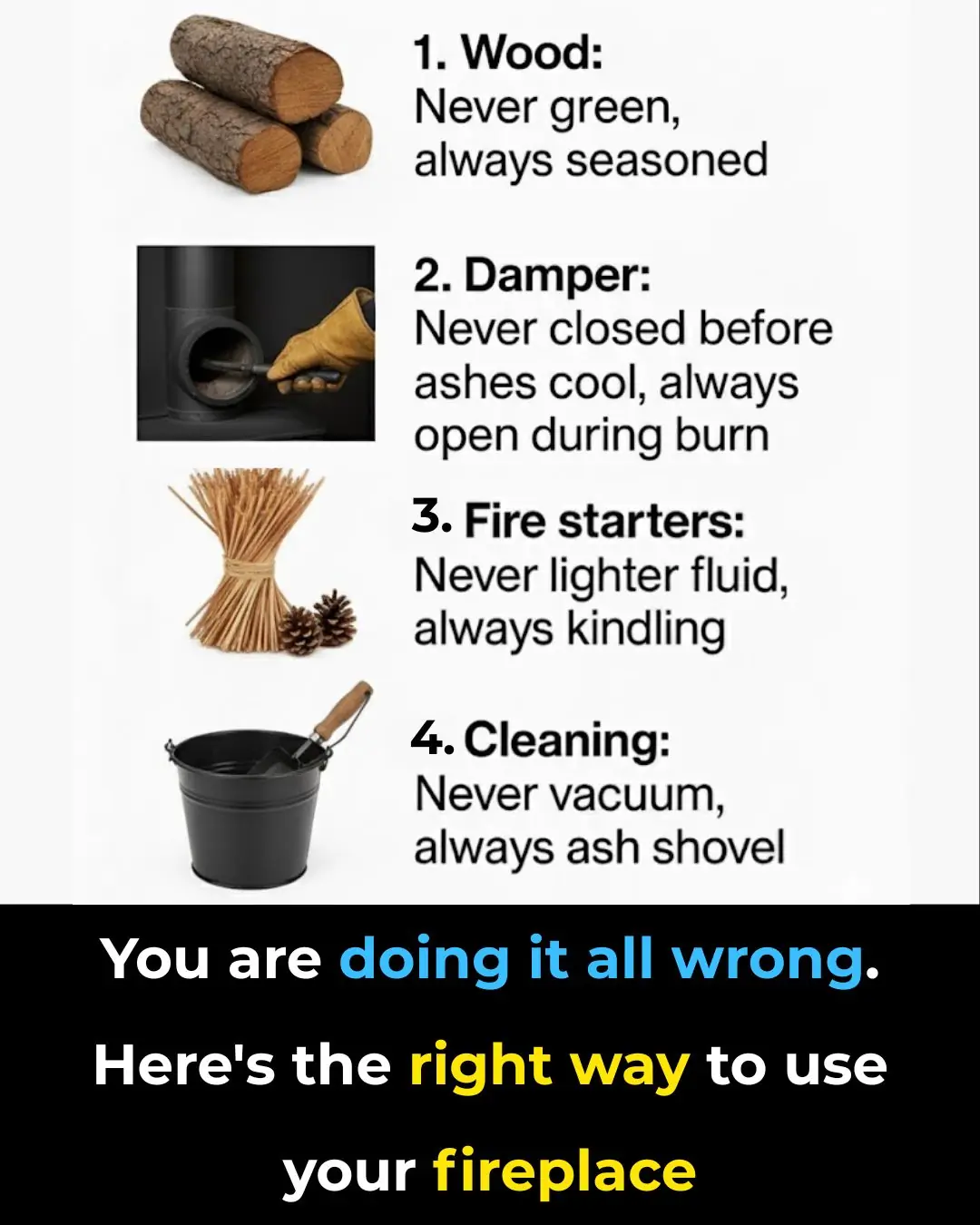
You are doing it all wrong. Here’s the right way to use your fireplace
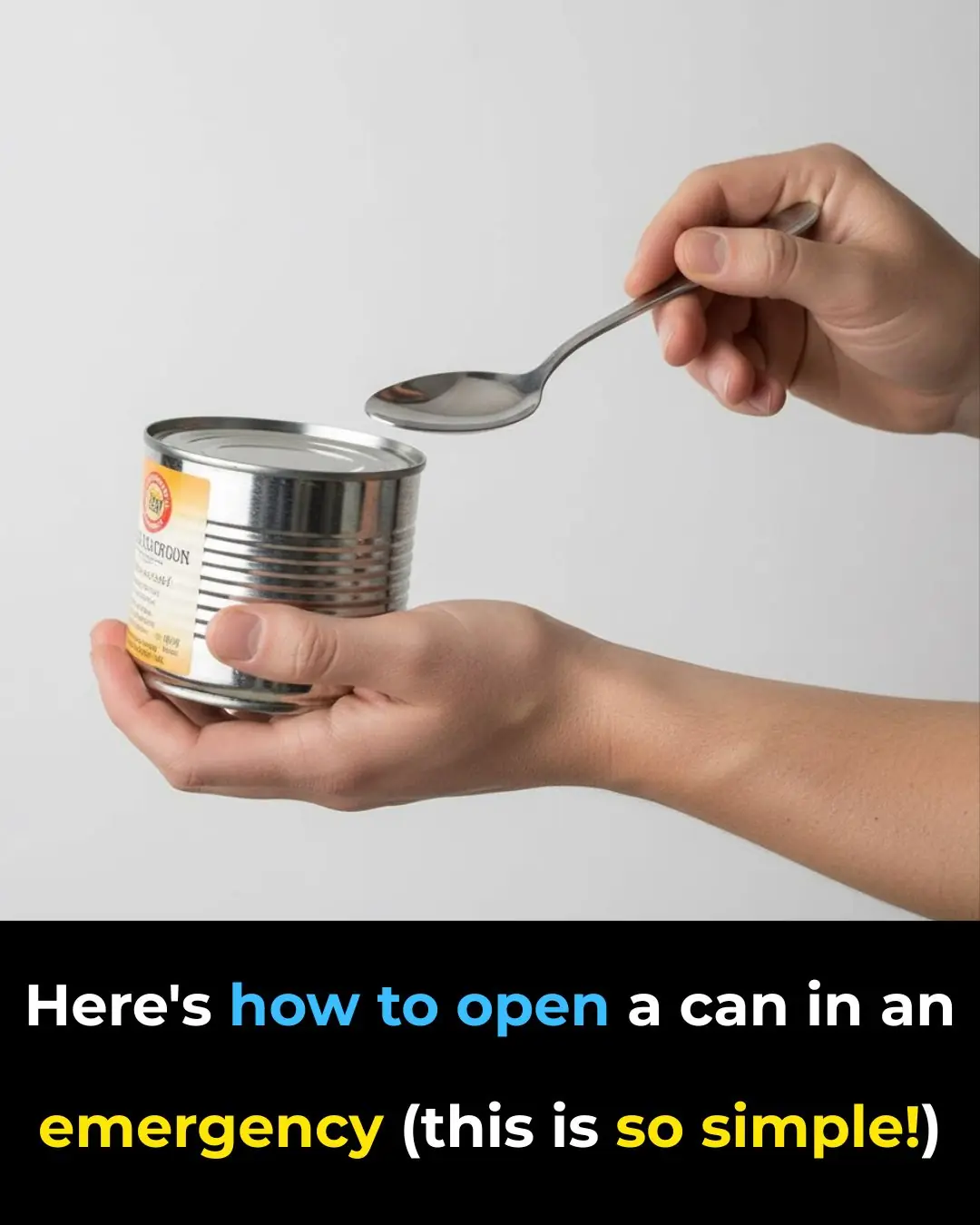
Here's how to open a can in an emergency (this is so simple!)
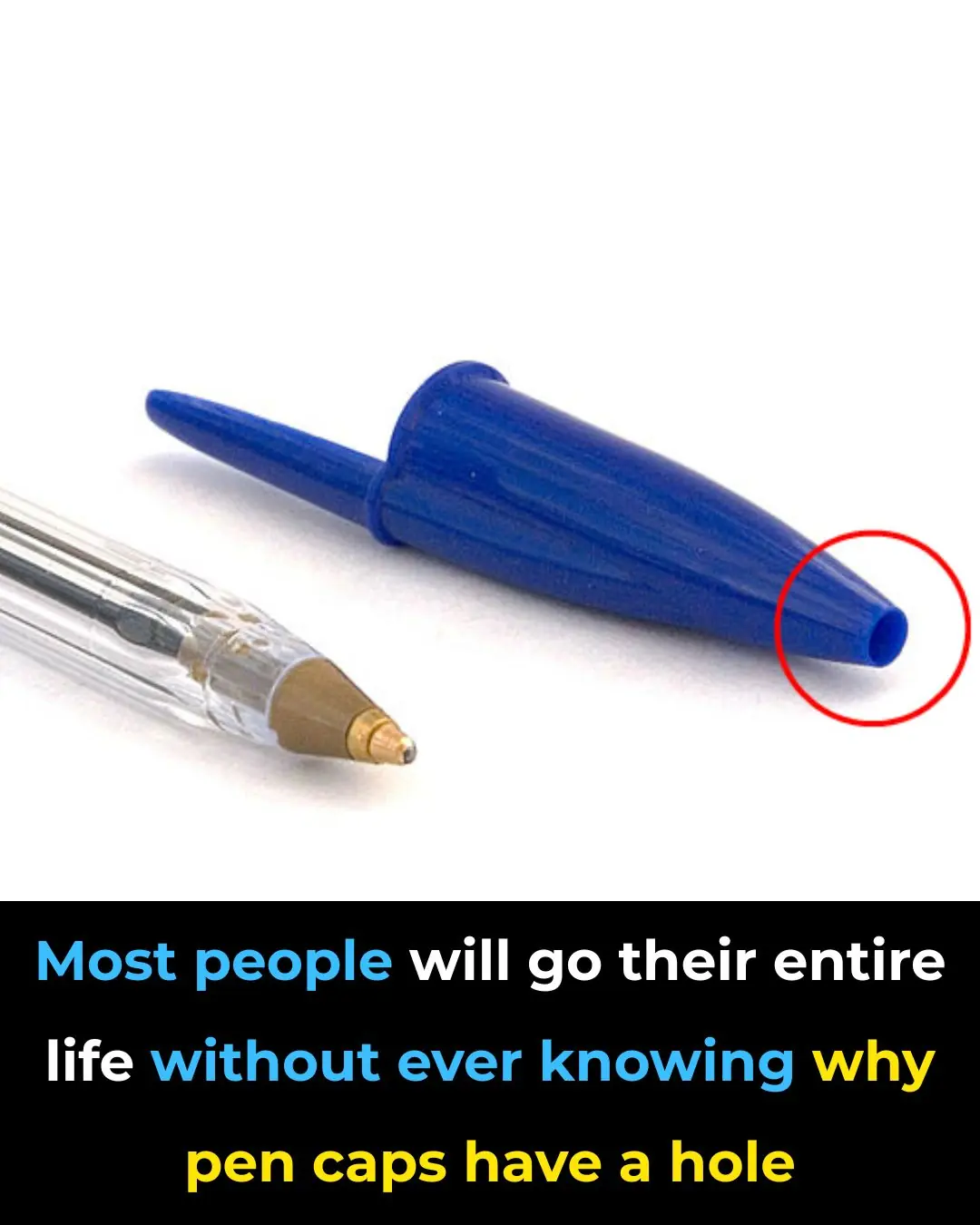
Most people will never know
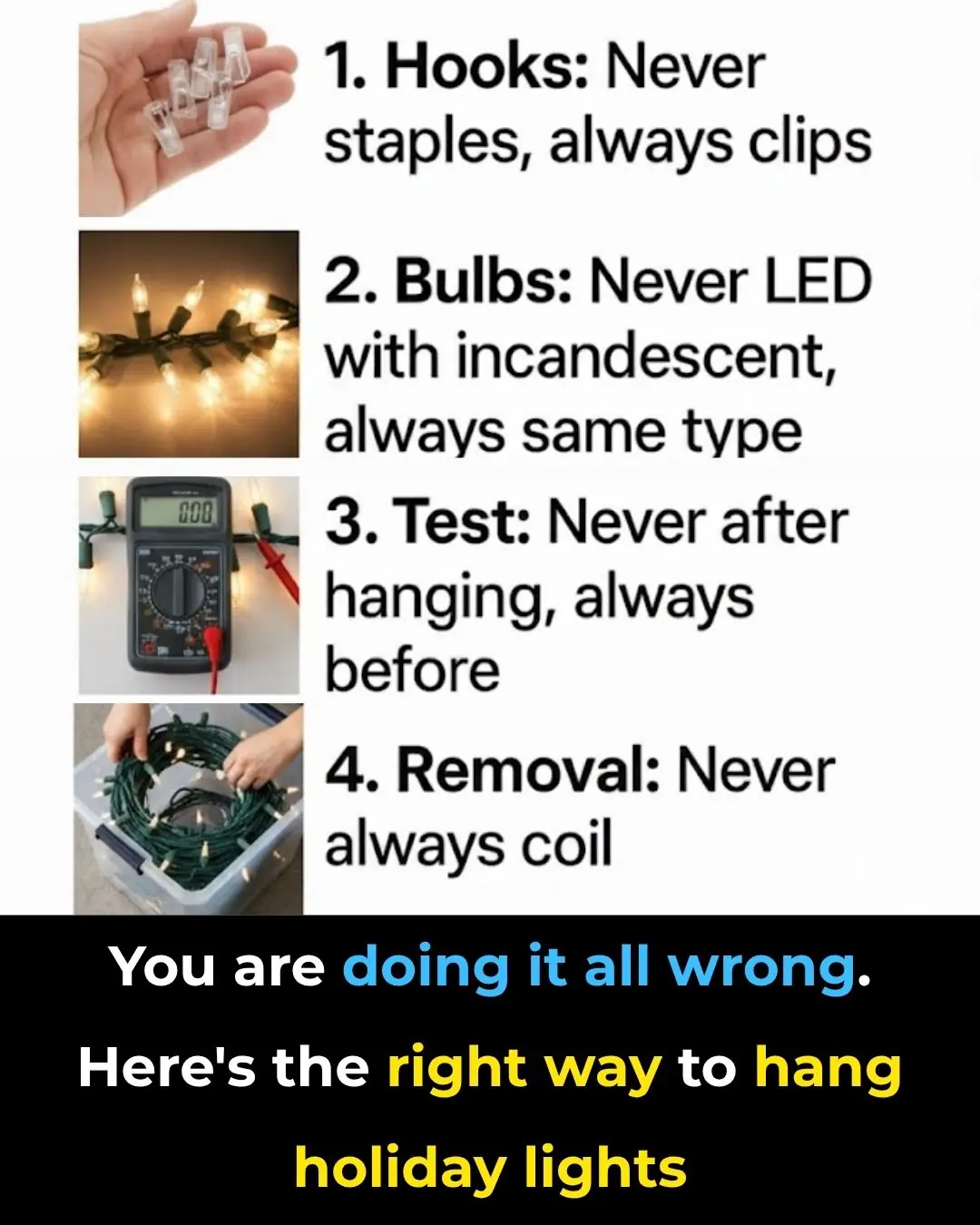
You are doing it all wrong. Here’s the right way to hang holiday lights

Most people have no clue
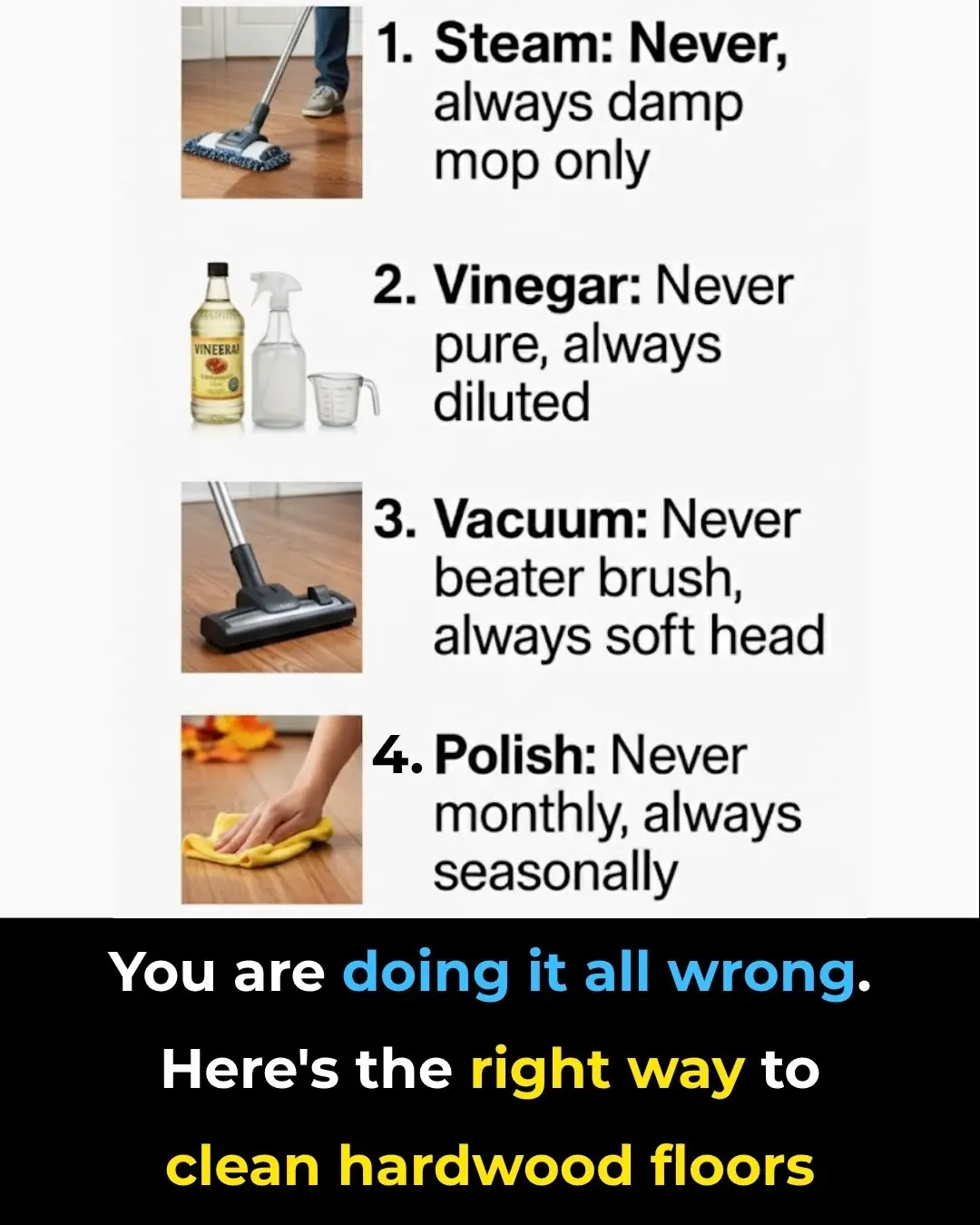
You are doing it all wrong. Here’s the right way to clean hardwood floors

You are doing it all wrong. Here’s the right way to use your humidifier
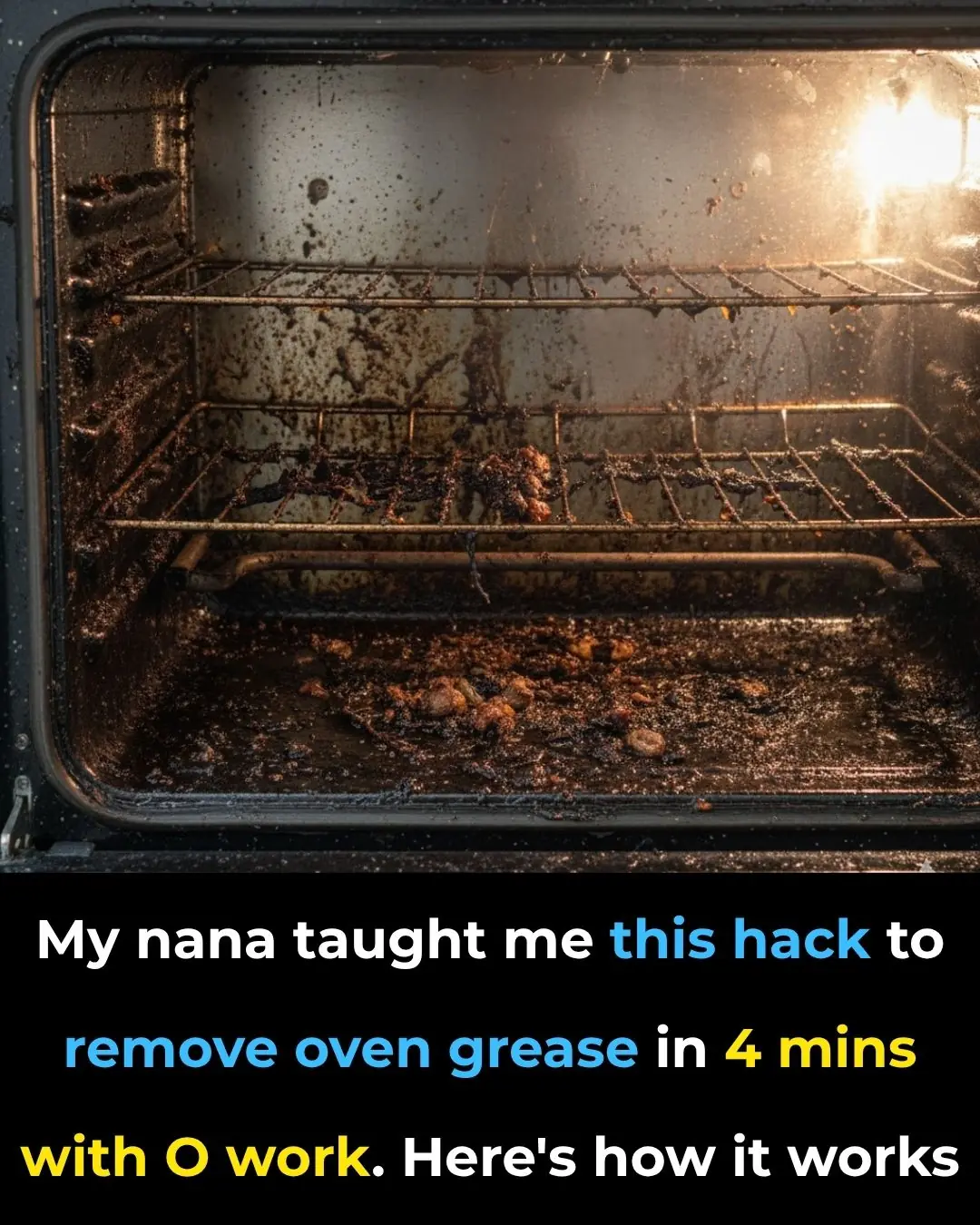
My nana taught me this hack to remove oven grease in 4 mins with 0 work. Here’s how it works
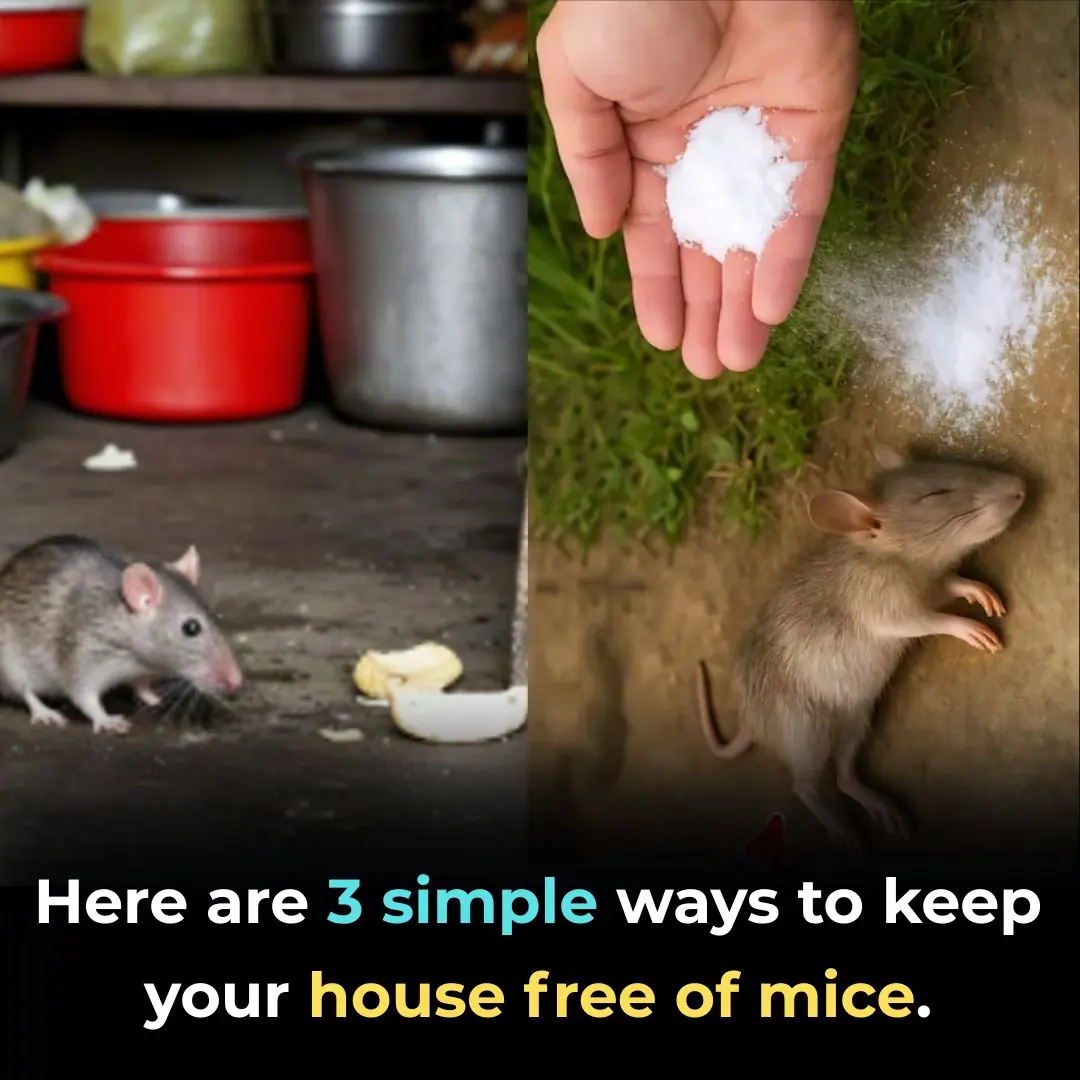
Here are 3 simple ways to keep your house free of mice.
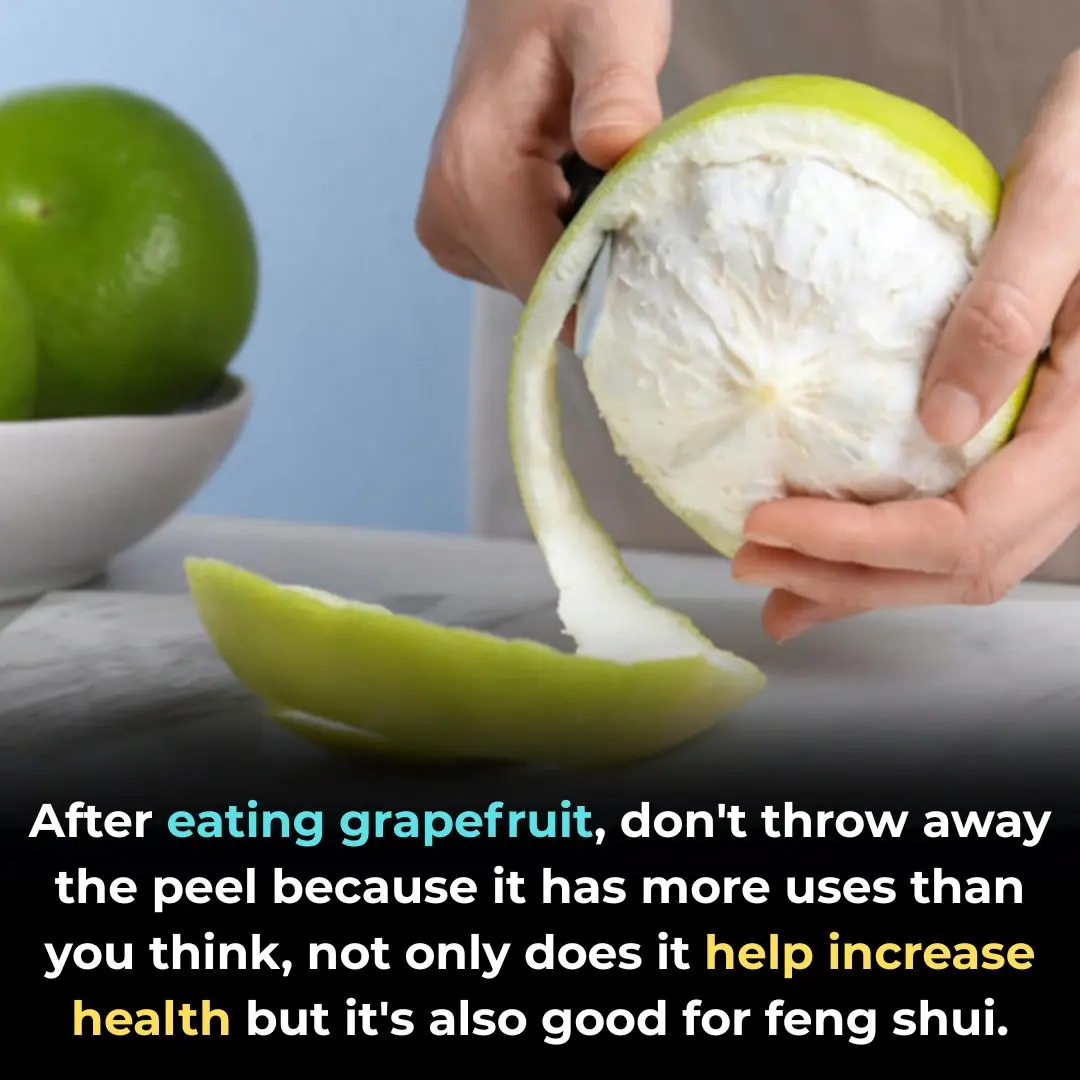
After eating grapefruit, don't throw away the peel because it has more uses than you think, not only does it help increase health but it's also good for feng shui.
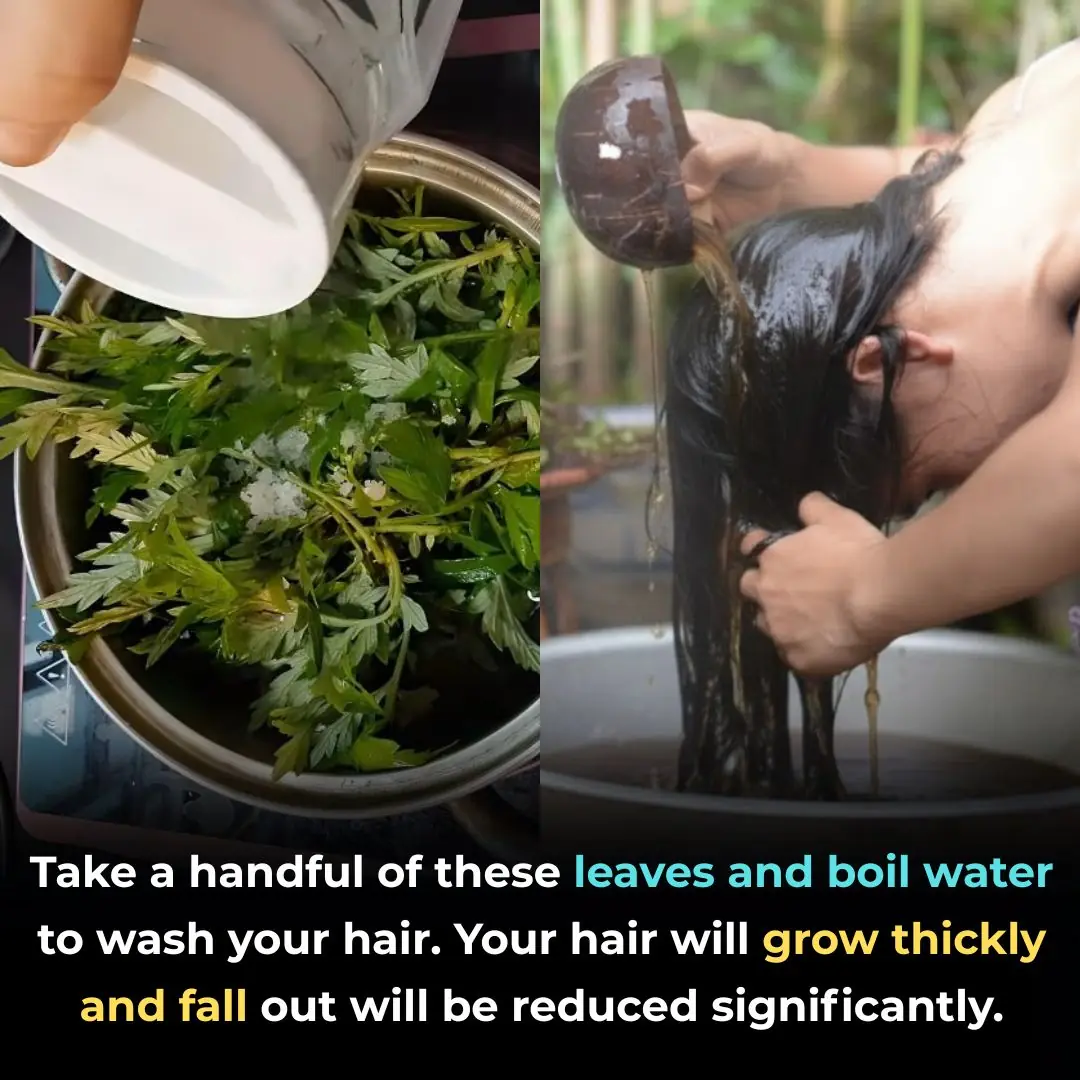
Take a handful of these leaves and boil water to wash your hair. Your hair will grow thickly and fall out will be reduced significantly.
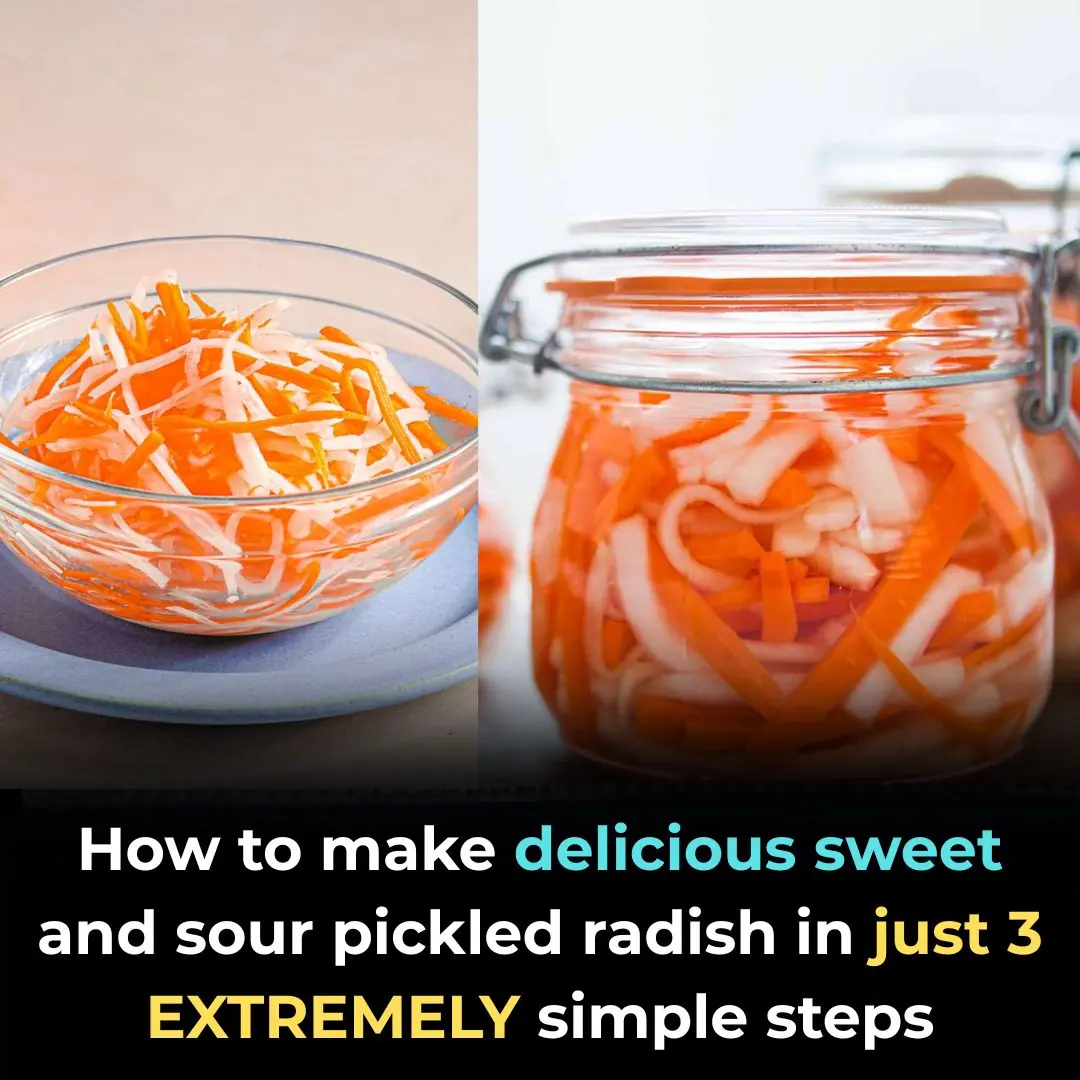
How to make delicious sweet and sour pickled radish in just 3 EXTREMELY simple steps
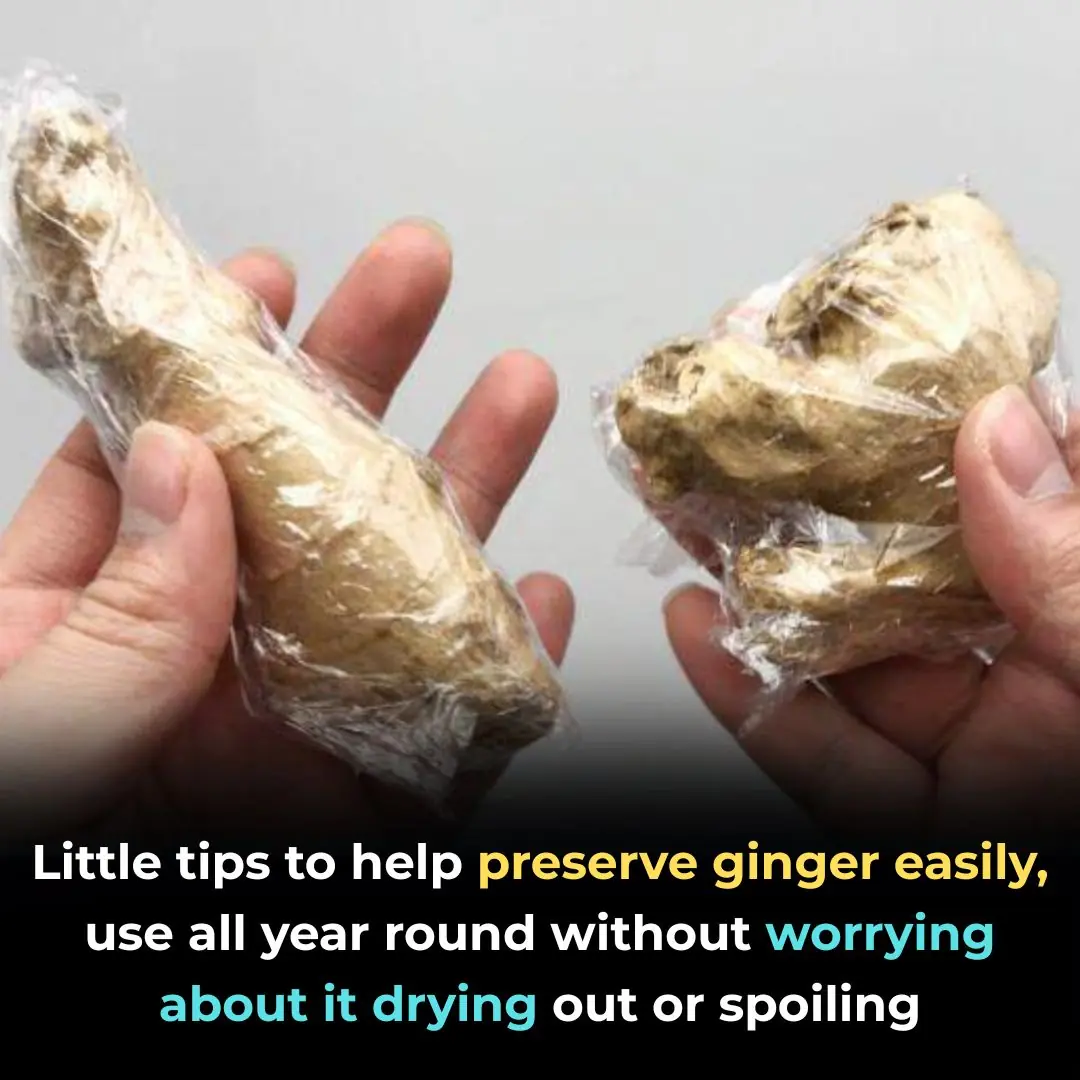
Little tips to help preserve ginger easily, use all year round without worrying about it drying out or spoiling
News Post

A type of vegetable destroys more than 90% of cancer cells within 48 hours, yet Vietnamese people mistake it for a wild plant growing all over the streets.

A plant with a distinctive aroma: Both a spice and a 'miracle' for health

Bare pork through boiling water, thought clean but soaked in more dirt: This is the most correct thing

A week after applying this method, cockroaches, ants, and mosquitoes no longer appeared in my house.

Scientists Claim Black Hole Could Explode in the Next 10 Years—with 90% Certainty

The Pentagon forced to issue statement following Netflix's new movie 'A House of Dynamite'

Streamer responds after Emiru accuses him of sexual assault, abuse and blackmail
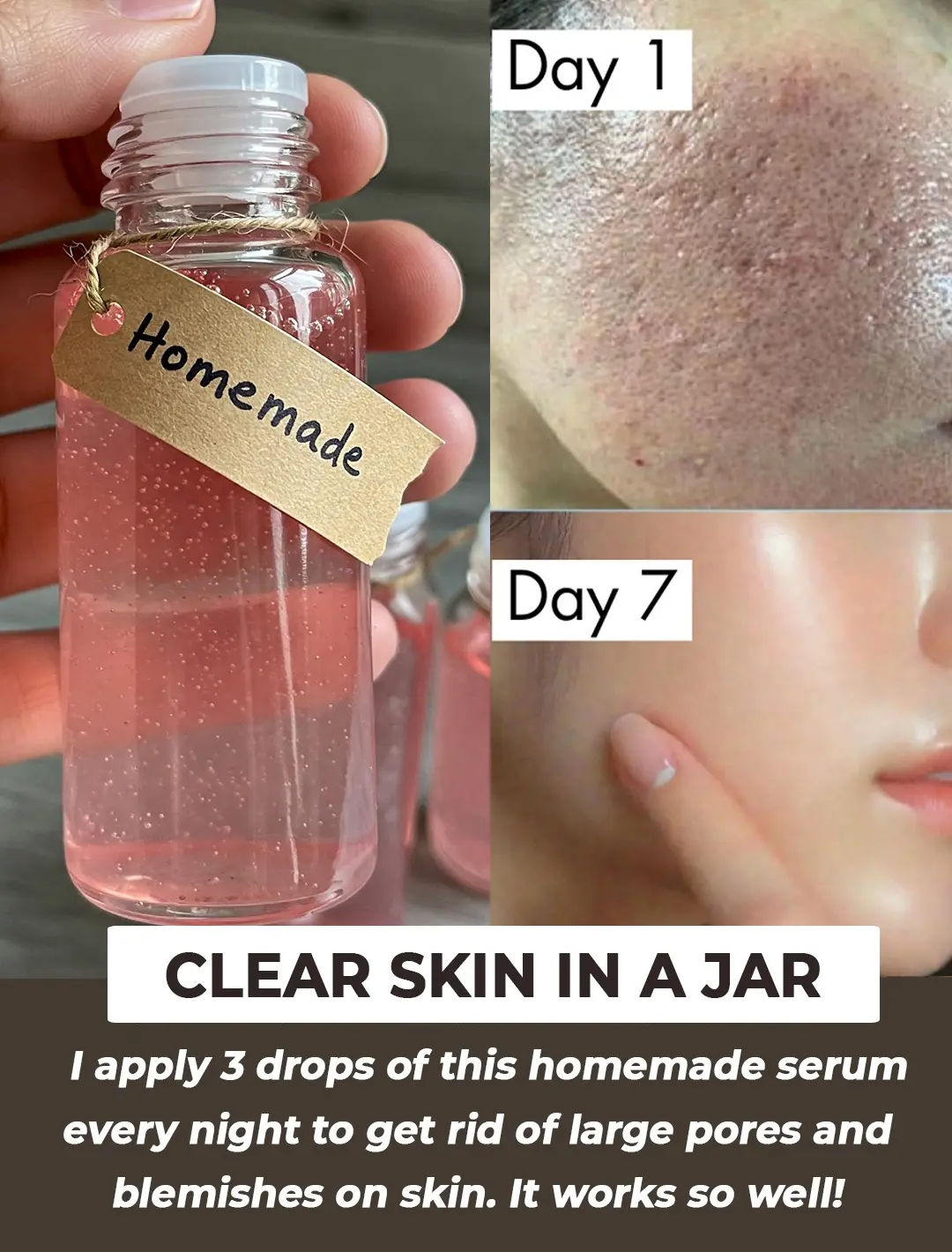
Use This Toner Daily To Get Rid of Large Pores Fast
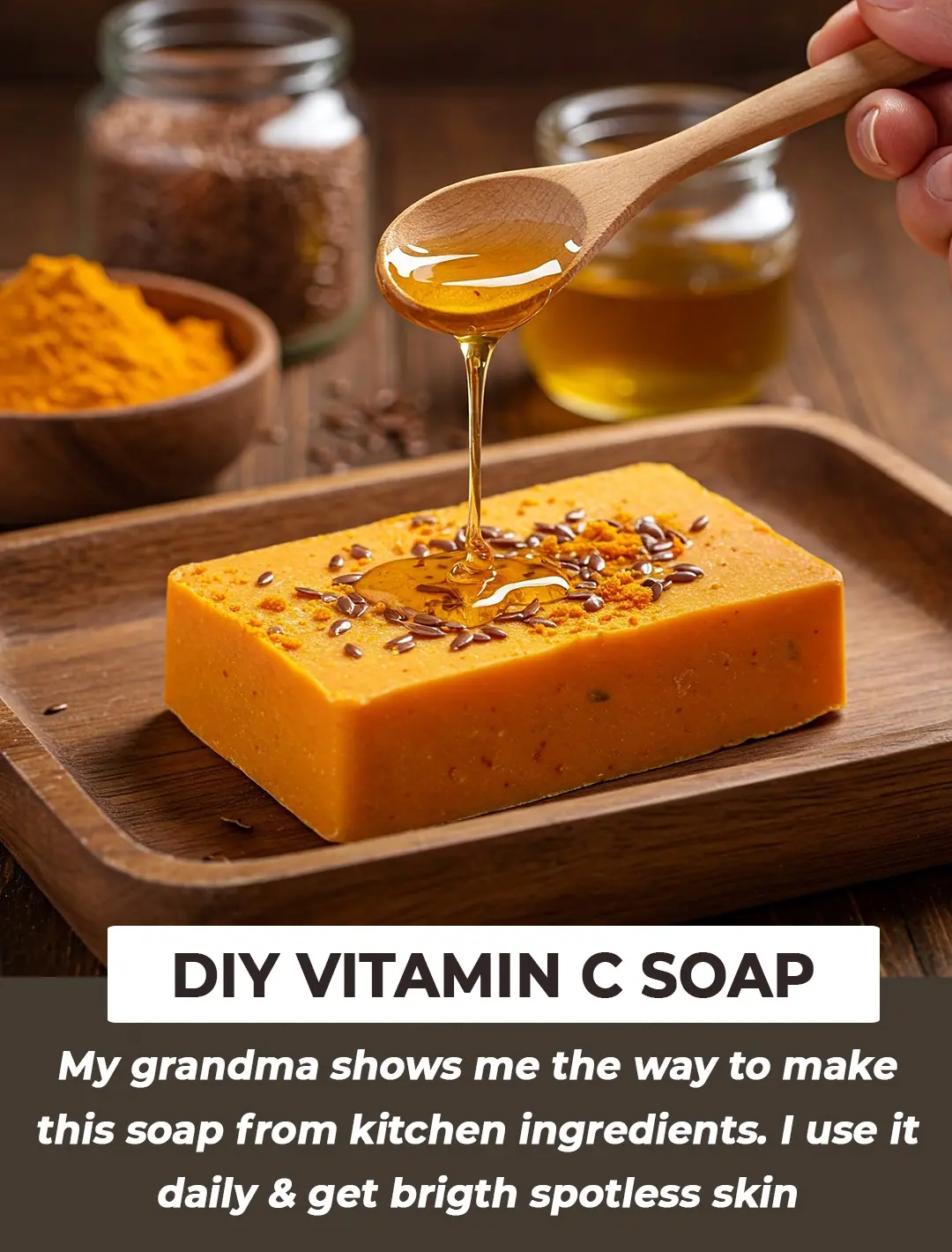
Homemade Vitamin C Soap – Orange Peel Soap & it’s benefits for Skin
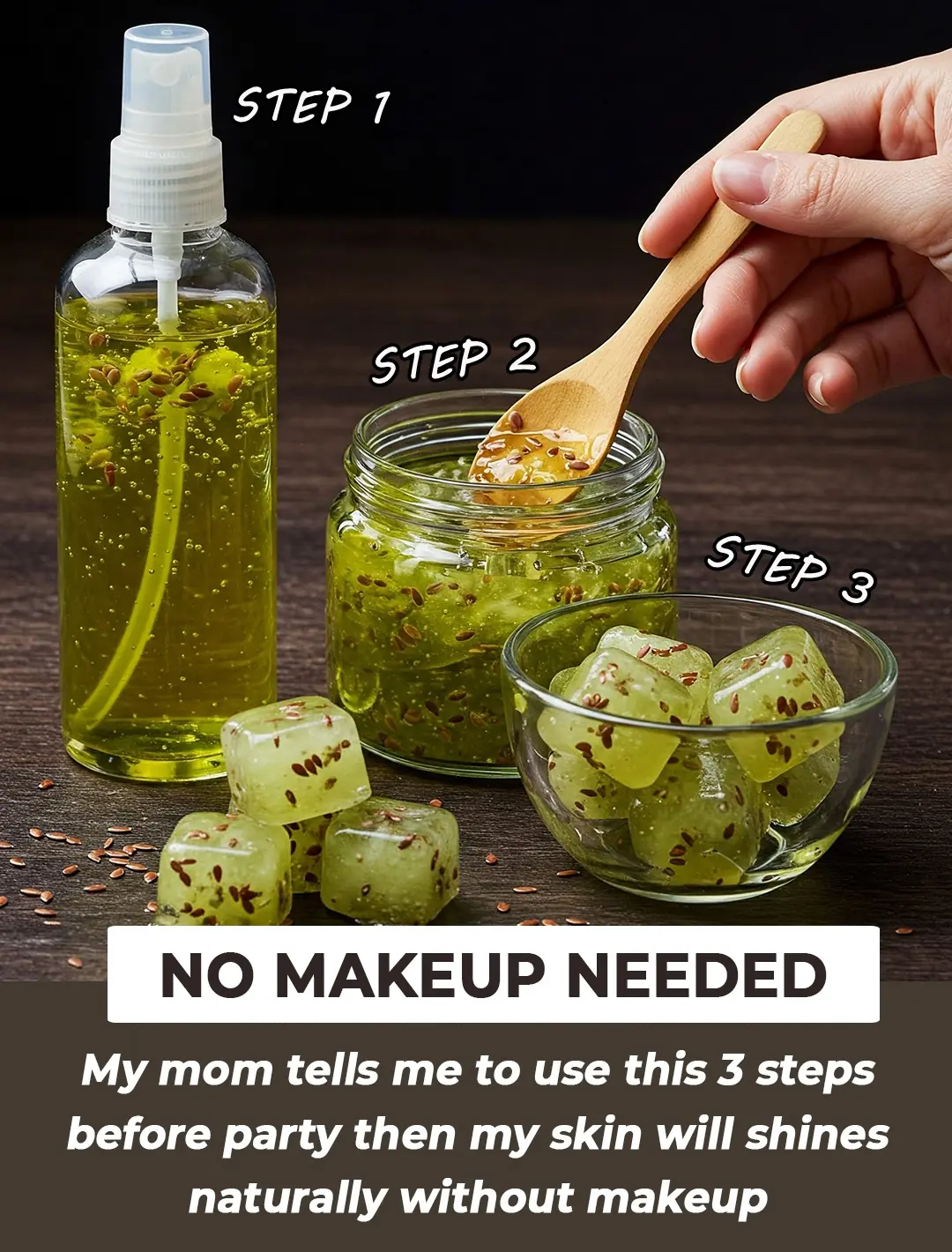
Revitalize Your Skin with These 4 Green Tea Beauty Rituals
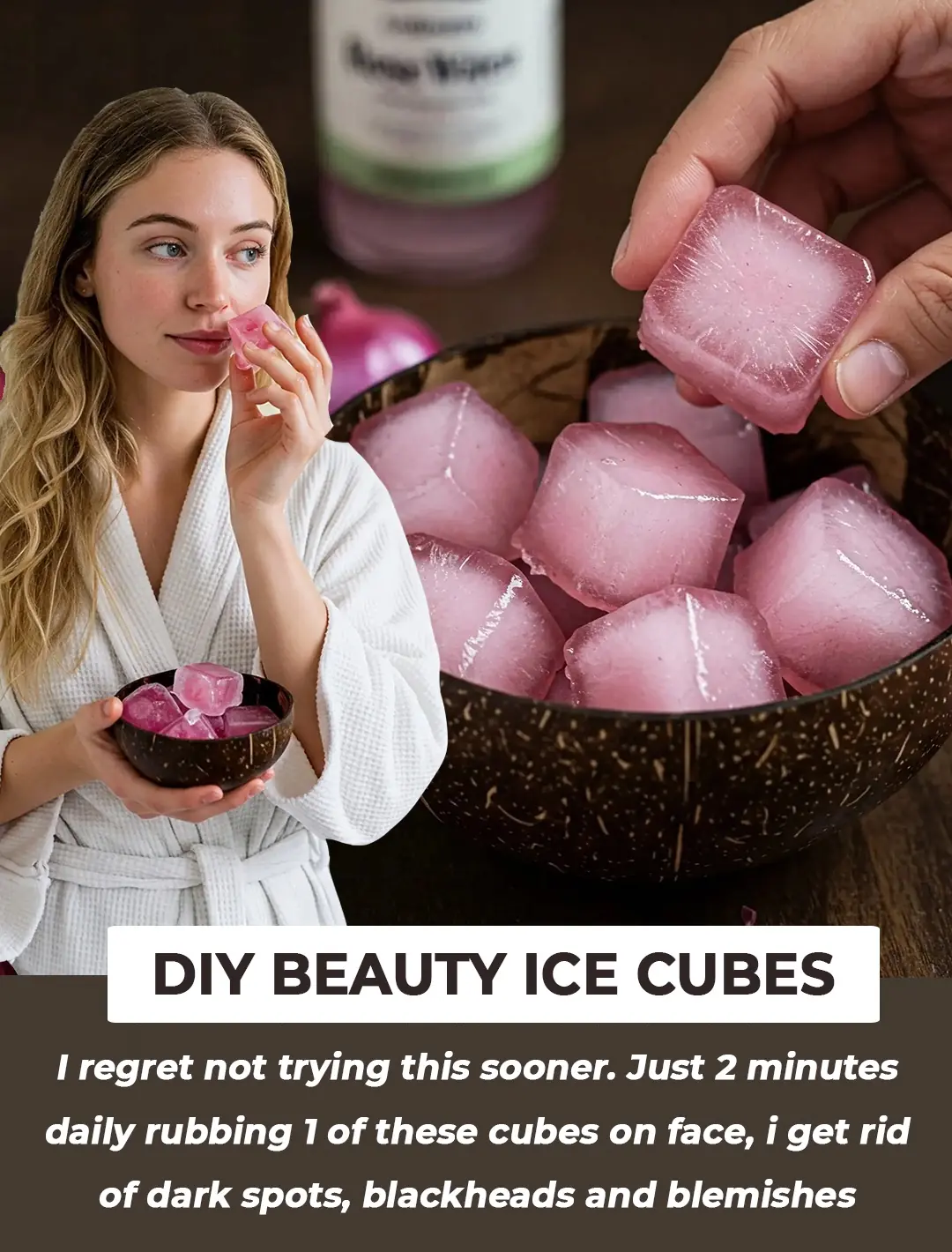
Easy Homemade Beauty Ice Cubes: DIY Skin Treatments You Can Make at Home
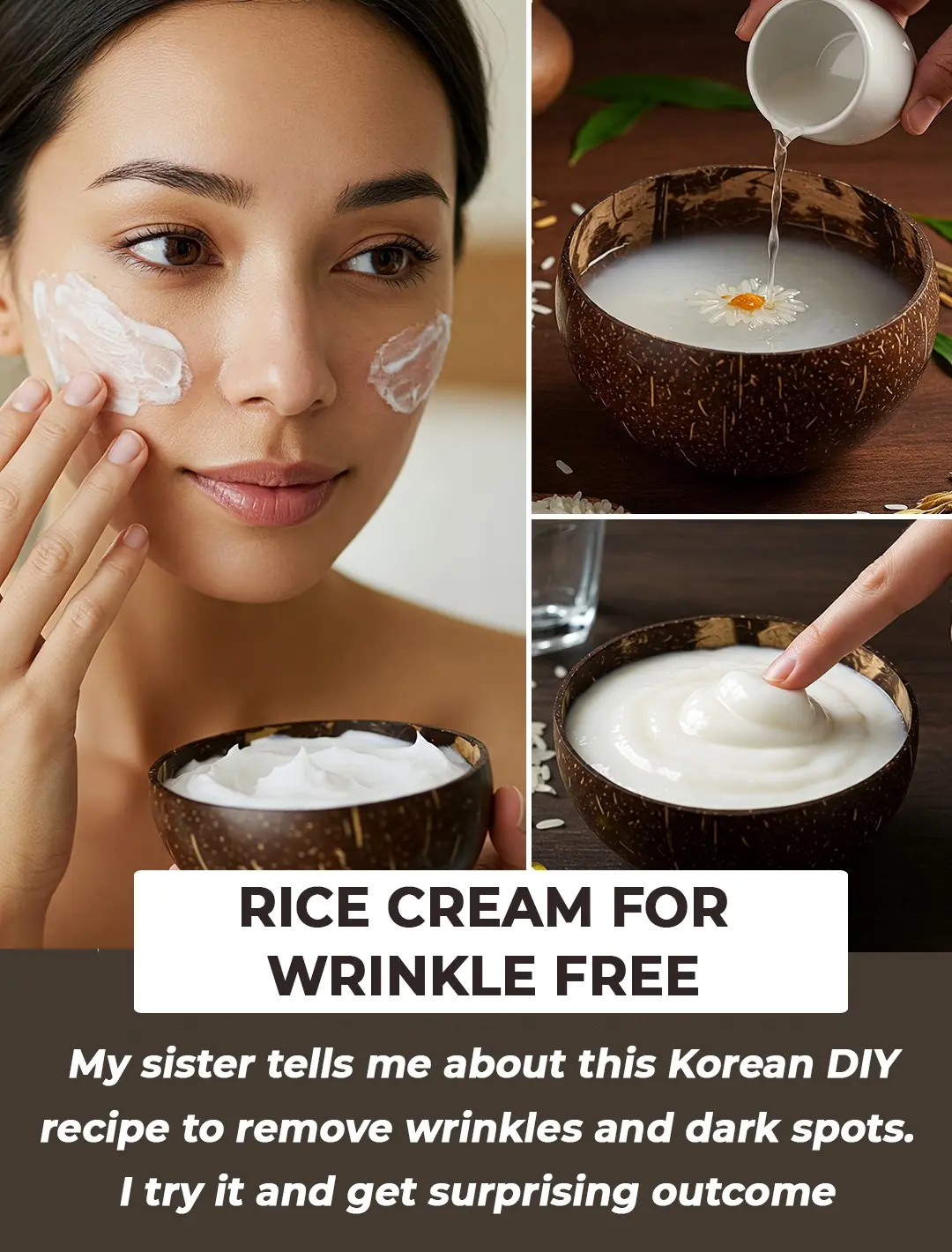
Homemade Korean Rice Face Cream For Wrinkle Free, Young Skin
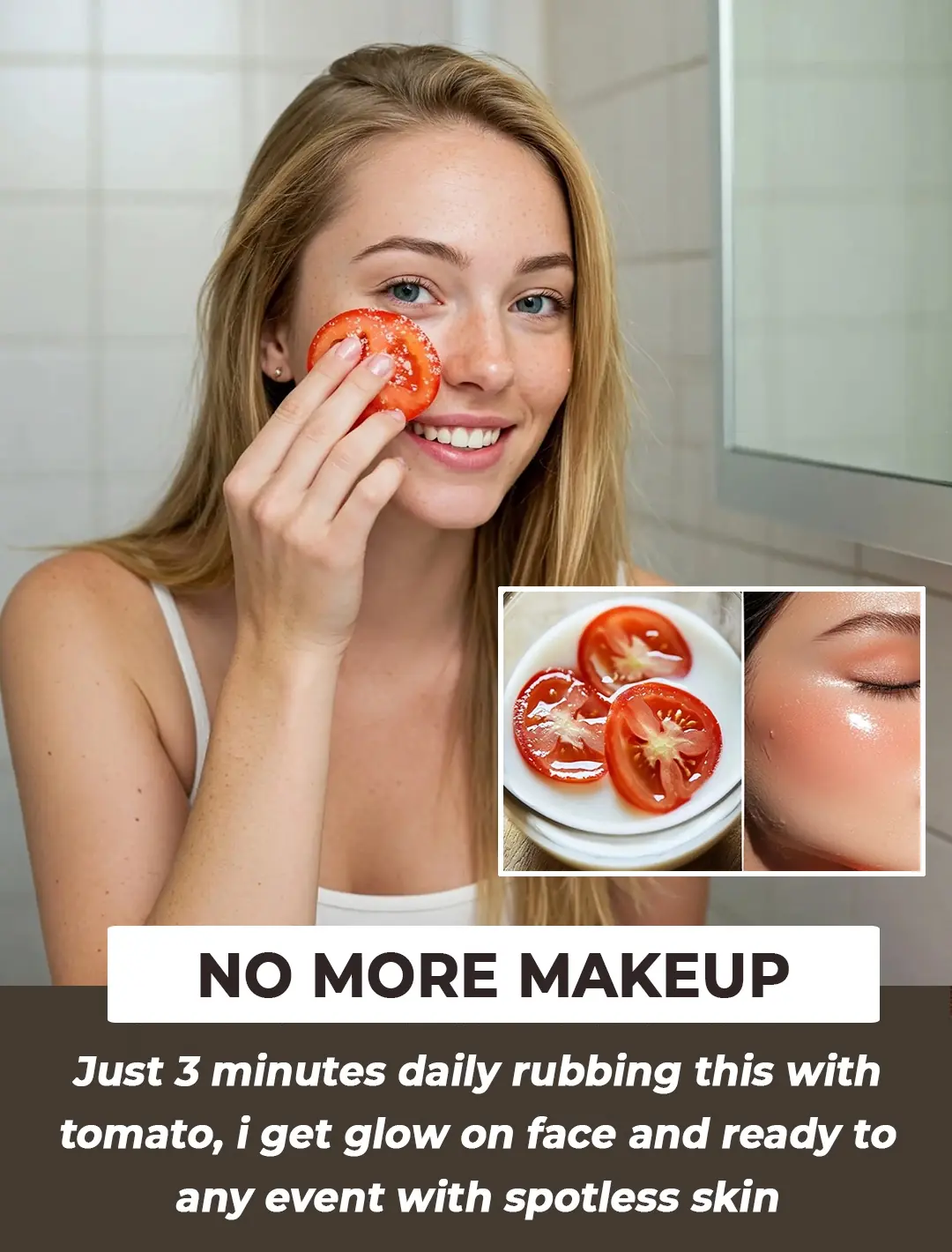
The Ultimate 3-Step Tomato Clean-Up for Instant Glowing Skin: A DIY Guide for Radiant Skin
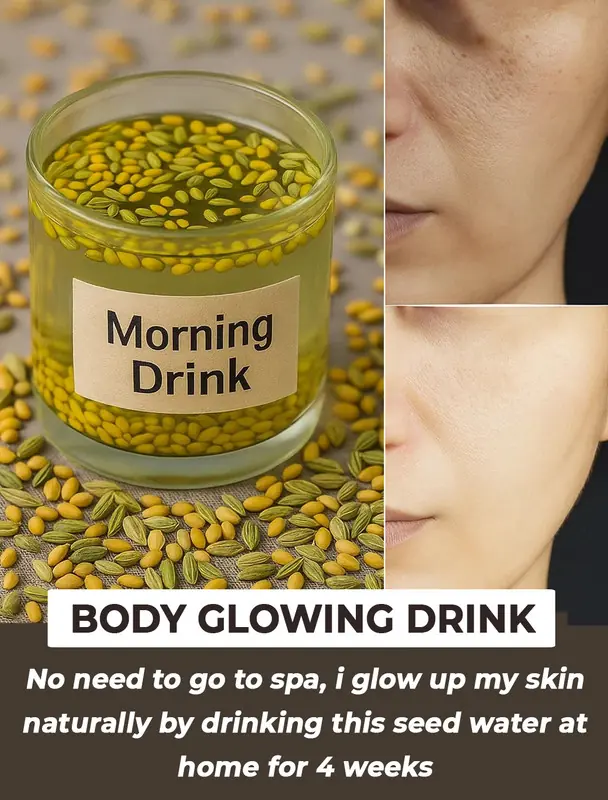
Transform Your Skin Naturally with Fenugreek Seeds: Ultimate Guide to Acne-Free, Glowing Skin
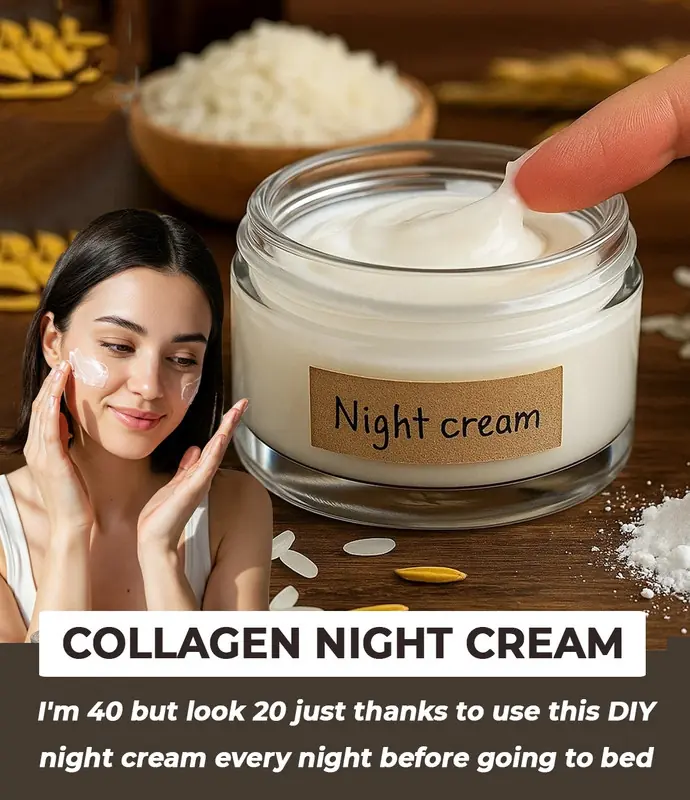
Homemade Rice Anti-Aging & Brightening Cream: A DIY Korean Skincare Secret for Flawless Skin
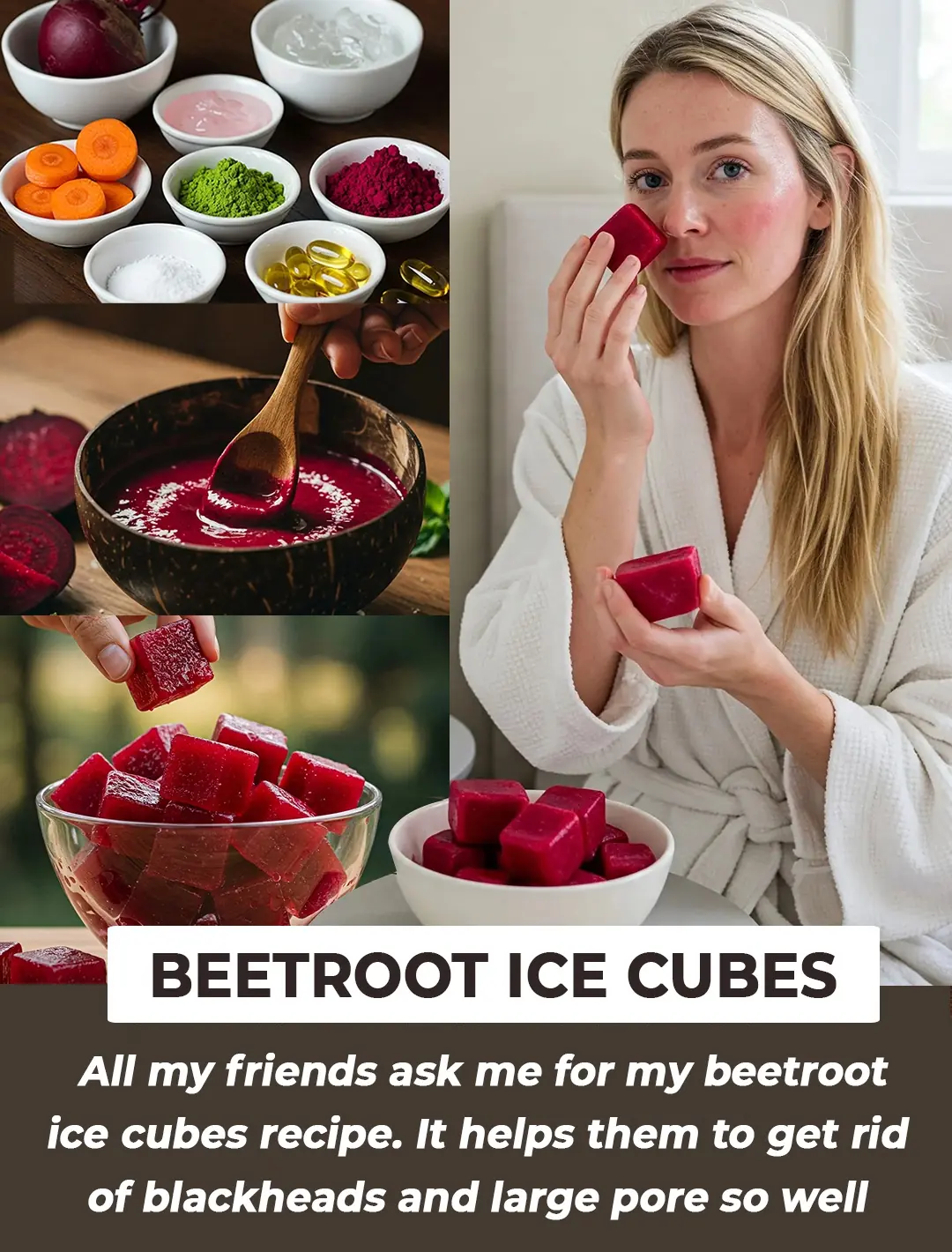
Homemade Beetroot Ice Cubes: The Best DIY Skincare Treatment for Glowing, Healthy Skin
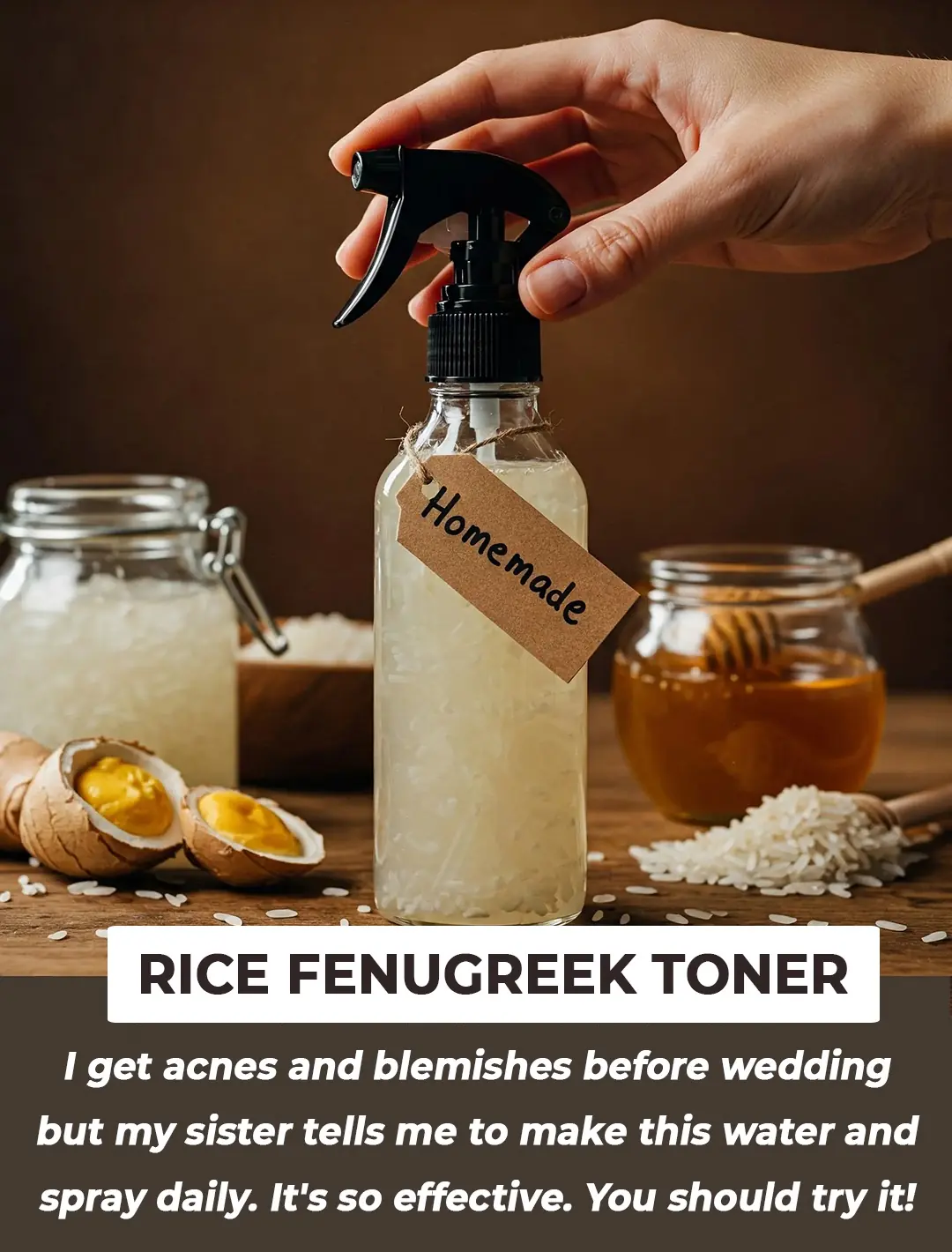
Homemade Rice water & Methi Dana Toner for Glowing Skin

DIY Black Sesame Ginger Oil: Chinese Ancient Remedy For Extreme Hair Growth
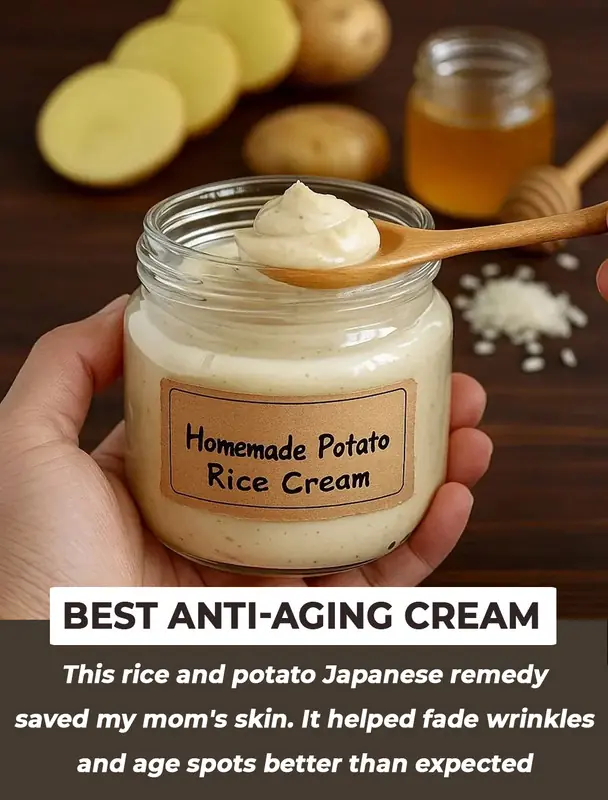
11 Ultimate Potato & Rice DIY Remedies for Wrinkles, Fine Lines, and Age Spots
